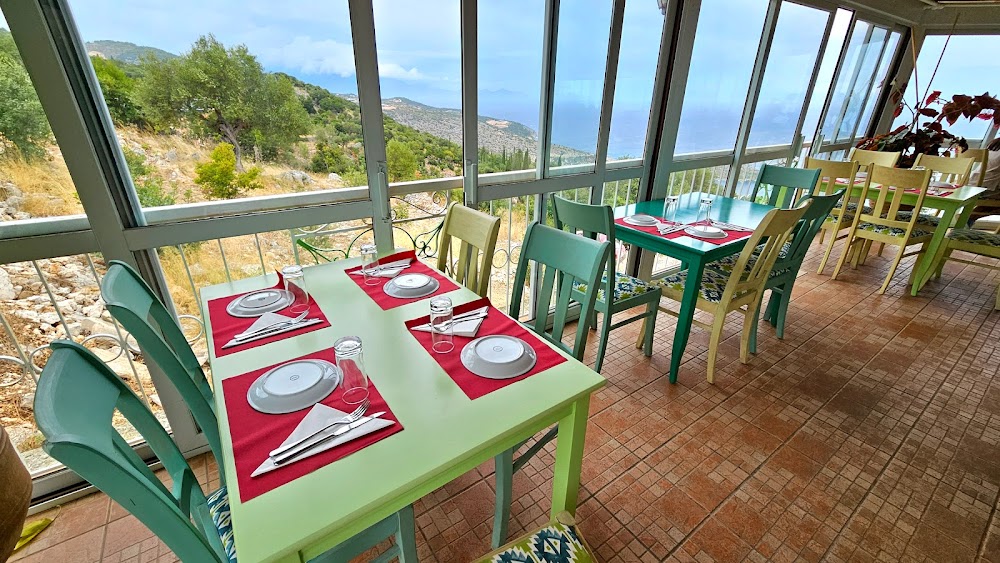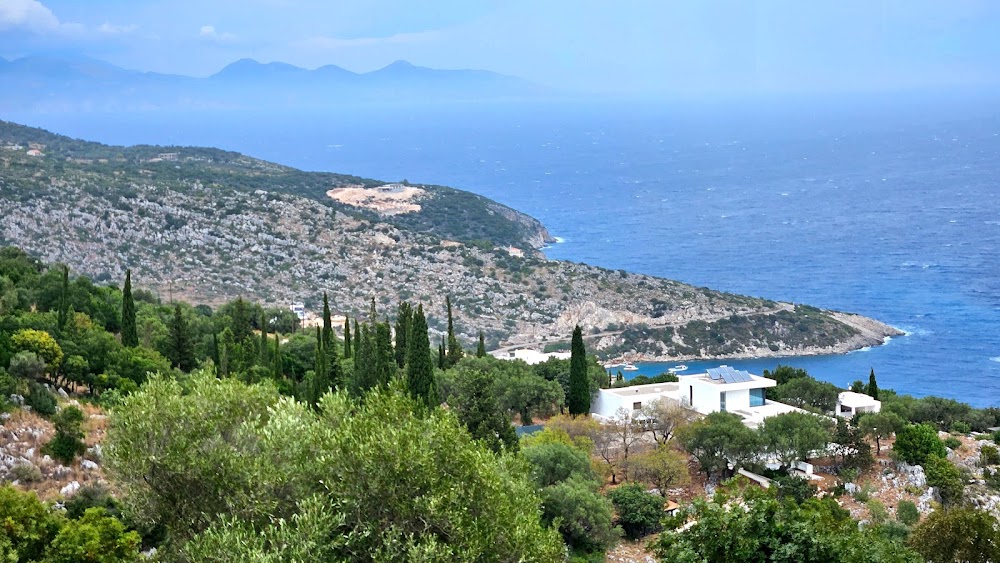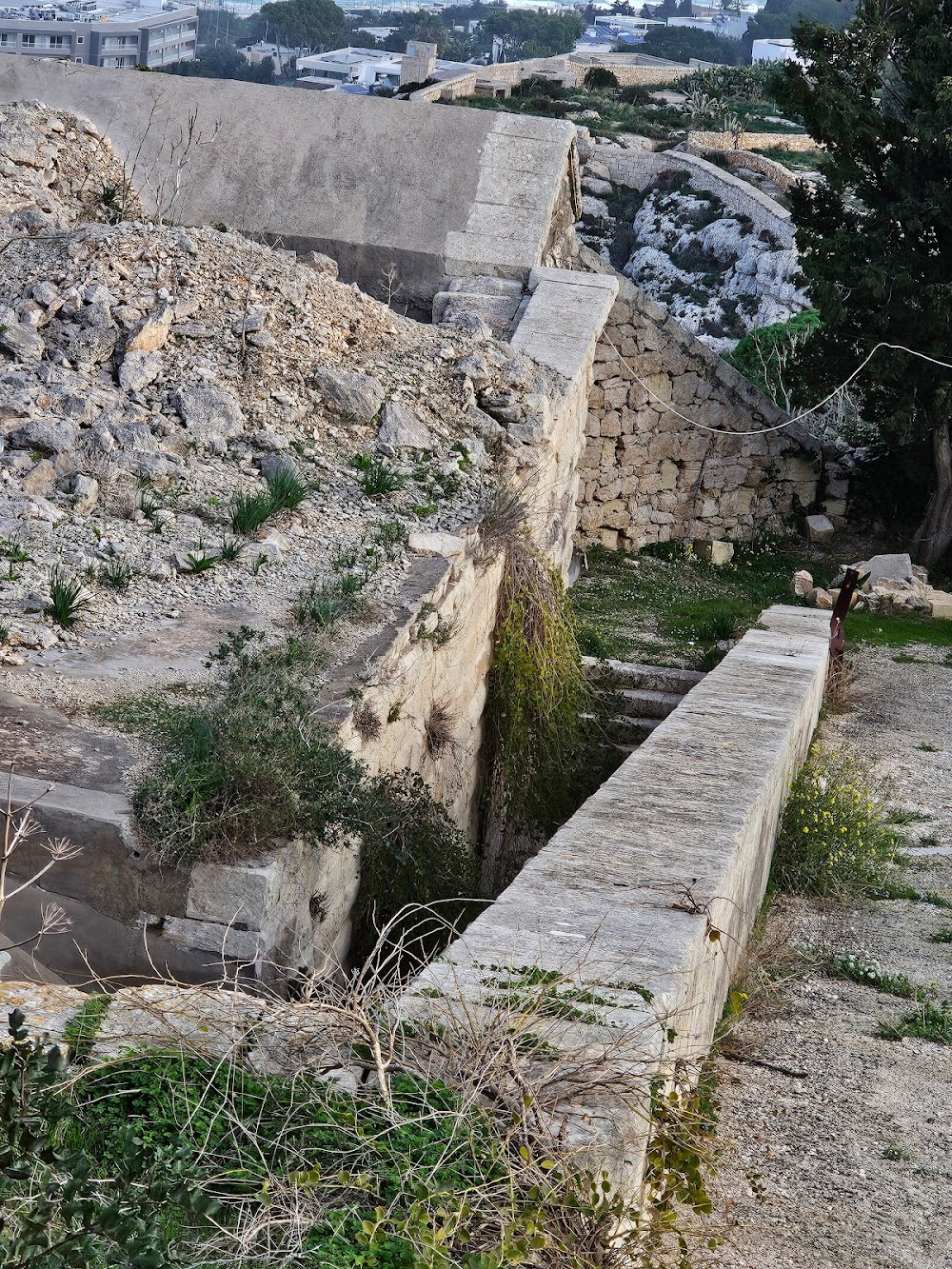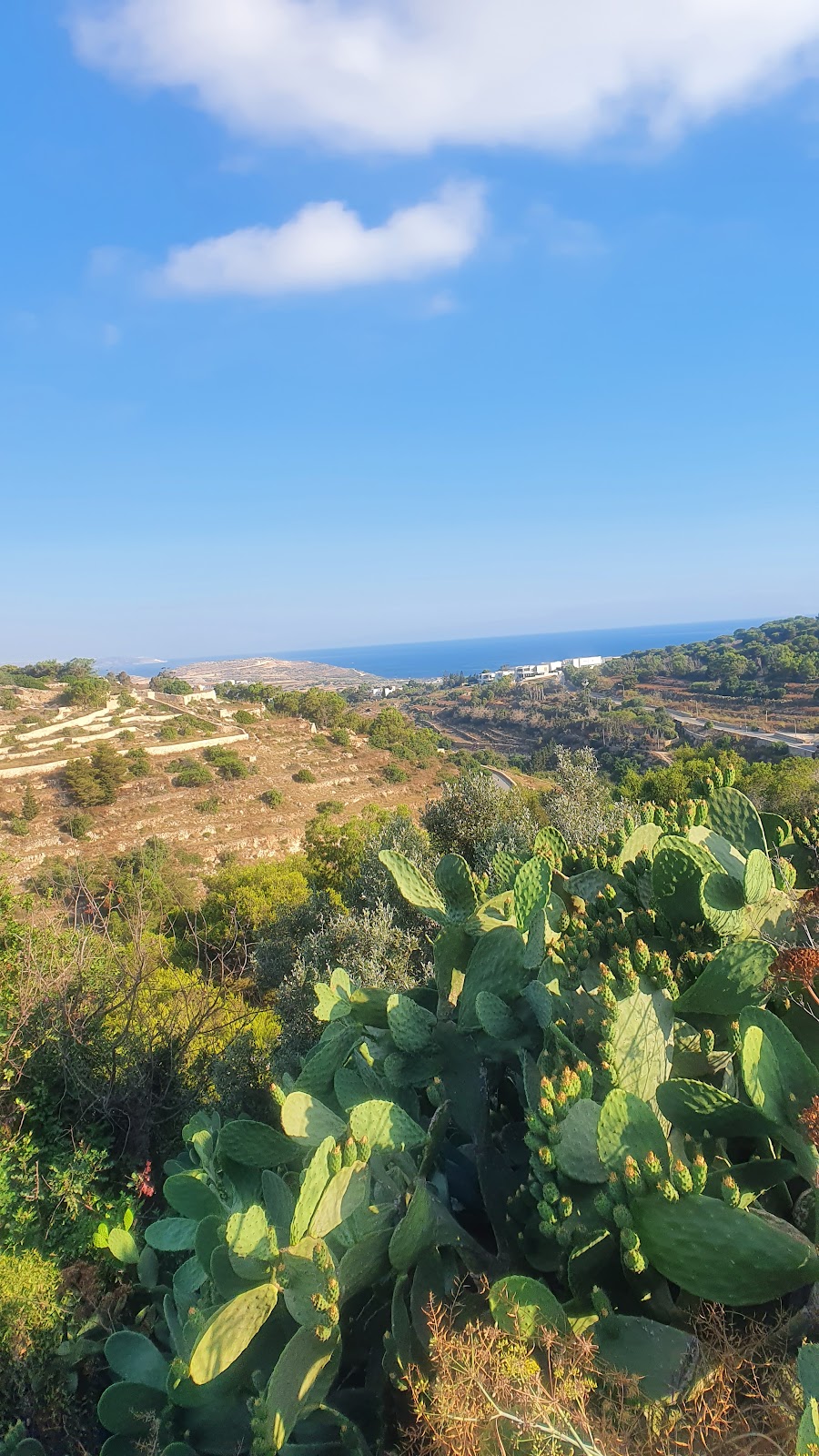Old Windmill (Il-Mitħna l-Qadima)
Related Places
Overview
The Old Windmill in Għargħur, Martinique, boasts a captivating history that stretches back to the 18th century. Built around 1761, this remarkable structure exemplifies the ingenuity and craftsmanship of its time, serving primarily as a grain mill—a vital resource for the local community.
Constructed from locally sourced stone, the windmill's cylindrical tower stands as a testament to durability and timelessness. The builders meticulously selected and layered the stone, ensuring that the structure could withstand both the test of time and the elements. Using traditional techniques and a combination of limestone and mortar, they created a robust design. The tower’s tapering shape enhances its stability, making it resilient against strong winds.
Inside, the windmill's design is equally impressive. The central axis, known as the windshaft, was crafted from hard, durable wood—likely oak—renowned for its strength and resistance to wear. This windshaft connected to large wooden gears, which translated the rotational force of the blades into the vertical motion necessary for grinding grain. Each gear was hand-carved with precision, ensuring smooth operation and efficiency.
The sails, or blades, of the windmill were originally made from wood and canvas. Skilled artisans crafted these sails using flexible yet strong materials capable of effectively capturing the wind. Their precise configuration was crucial; set at an optimal angle, the sails maximized the windmill's operational efficiency.
Operating the windmill required a blend of skill and knowledge. Miller families lived nearby, passing down their expertise through generations. They expertly adjusted the sails and millstones based on the wind’s strength and direction, demonstrating an impressive ability to adapt for consistent milling operations.
Over the years, the Old Windmill became an integral part of the community. It served not only as a milling site but also as a communal gathering place where local farmers brought their harvests. The miller acted as a vital link within the community, providing essential services that supported the local agricultural economy.
However, like many historical structures, the Old Windmill faced challenges as modern milling technologies emerged. By the 20th century, it had largely fallen out of use, with nature beginning to reclaim the structure. Recognizing its historical significance, community members and preservation groups took action to restore the windmill in the late 20th century.
The restoration process was truly a labor of love. Craftsmen skilled in traditional building techniques were enlisted to repair and rebuild damaged sections. For materials that could not be salvaged, historically accurate substitutes were used. The sails and internal mechanisms were painstakingly restored to operational condition, allowing the windmill to function as it did centuries ago.
Today, the Old Windmill stands as a proud monument in Għargħur, drawing visitors and history enthusiasts eager to learn about traditional milling processes and the windmill’s role in agricultural history. Educational tours showcase the windmill's mechanics, providing a glimpse into the past and an appreciation for the engineering skills of our ancestors.
The restored windmill now symbolizes the community’s resilience and dedication to preserving their heritage. It exemplifies how historical landmarks can be cherished and maintained for future generations to explore and appreciate. The Old Windmill is more than just a structure; it's a profound reminder of continuity, craftsmanship, and the enduring human spirit.









